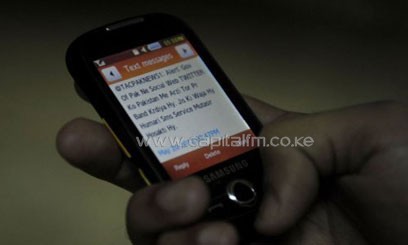Hailo, launched in London in 2011, claims to be the largest taxi app, with some 30,000 drivers in Boston, Chicago, Toronto and Dublin. This year it plans to launch in New York, Tokyo, Madrid, Barcelona and Washington.
“The drivers have 30 to 60 percent down time, depending on the city, and customers find it difficult to get a cab,” Jay Bregman, the New York-born founder of the Britain-based company, told AFP.
“This is a pattern you find all over the world. It’s one of the last bastions of inefficiency,” said Bregman, who launched the idea after studying at the London School of Economics.
Hailo says it has grown to more than $120 million in annualized sales, and has raised $50 million in venture capital, including from Twitter-backer Union Square Ventures and British mogul Richard Branson.
Bregman said Hailo only launches in a city after it has recruited enough drivers to provide an adequate supply.
He said the app helps drivers by serving as a kind of social network, alerting other cabbies about traffic or accidents, and of events or neighborhoods where taxis are needed.
Hailo has some 5,000 cab drivers in New York ready to roll, assuming city authorities resolve regulatory issues and lawsuits challenging app-based services.
“This is a positive technology with almost no drawbacks,” he said. “It doesn’t destroy the other industries, it makes them more competitive.”
Bergman said Hailo works with regular taxis, and is not seeking “to upsell a more expensive luxury service.”
The apps can offer the convenience of fast service for the rider and allow the driver to waste less time.
“I spoke to a driver in New York who said he took someone to the Bronx and for the first time in 20 years had a ride back,” Uber’s Kalanick said. “It’s a really good outer borough story.”
But Kalanick said efficiency is not just a matter of luck.
“People see they can push a button and a car magically appears. But they don’t realize all the math and logistics in making that occur,” he said.
He said Uber’s technical team includes “two nuclear physicists” and others who crunch numbers to ensure “that you get the ride quickly but the driver always has a customer.
“We have to develop algorithms for this, and calculate things like traffic congestion.”



































